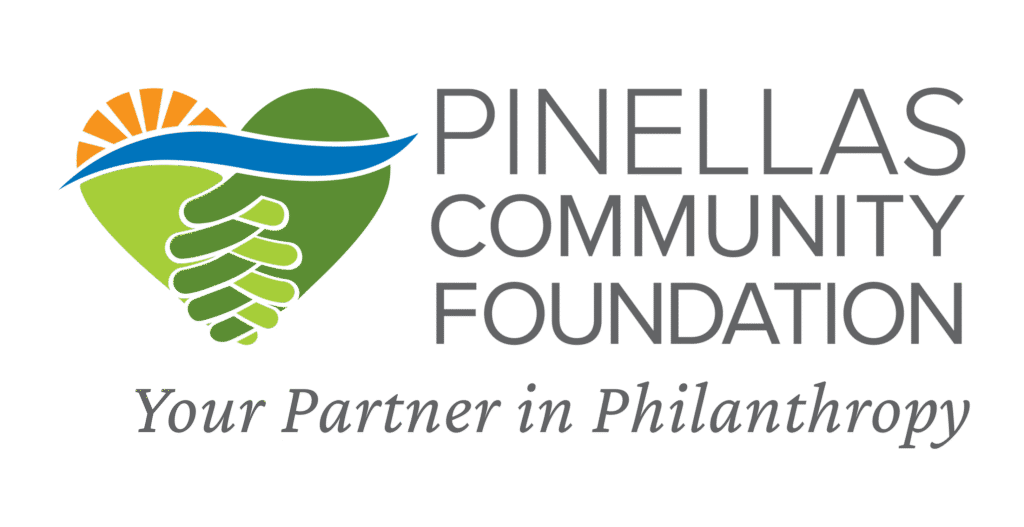Invert Positive Space With Reductive Drawing
Drawing is generally thought of as applying lines to a surface. The lines are the positive space, while the surrounding background is the negative space. I like to use a reductive style of drawing, which inverts the positive and negative spaces. Reductive drawing refers to the removal of the ground that has been applied to the surface, usually by scratching through or erasing it.
Make Watercolors Pop With Yupo Paper
For several years, I used the reductive drawing method almost exclusively. I would layer oil pastel on Yupo, a synthetic paper, then use an implement to scratch through the pastel layers and reveal the paper surface. Old credit cards are terrific for this, and I have even used a metal shelf bracket. It depends on the kind of line you want to create. The image on the right, titled “Pencil Holder,” is indicative of this reductive linear style.
The Yupo brand paper was developed for commercial purposes in Japan in the 1960s, and it arrived in the U.S. in the ’80s. It was only in the early 1990s that the material was discovered by artists as a desirable surface for both drawing and applying watercolor. The latter because it doesn’t absorb color like traditional watercolor paper. In fact, watercolor floats on the Yupo surface and the colors really glow. It is heat-sensitive, so if you are interested in sculptural forms, you can apply heat to create all kinds of shapes.
Add Luster With Graphite
The use of graphite on Yupo appeals most to me — it is a seductive combination. I have been particularly interested in working with powdered graphite using the reductive drawing method. In “Succulents: Garden Chair,” pictured right, I covered a Yupo surface with powdered graphite, then burnished it to create a smooth, pewter-like appearance. It usually takes 2 to 3 layers of graphite, burnished after each layer, to get an evenly covered surface. Because the surface was large (26” by 40”), I used an electric eraser to ease the process of creating the plant images. You can achieve a beautiful gradation of grey tones and strong highlights using this method.
Now, You’re Ready to Try Reductive Drawing
Are you interested in trying your hand at reductive drawing? Any paper will do — but the smoother, the better (such as Bristol Board or Yupo). You can make your own powdered graphite by scraping the lead from pencils. Of course, you can go to an art supply store or online to order whatever you may need as well.
Happy erasing!




I am lucky enough to have one of Lynn’s pieces of yupo on my office wall. It is a perfect fit and appreciated daily. Thank you Lynn for sharing your thoughts and your process with us.
See for yourself at Festivale 50, pinellascf.org/festival50.